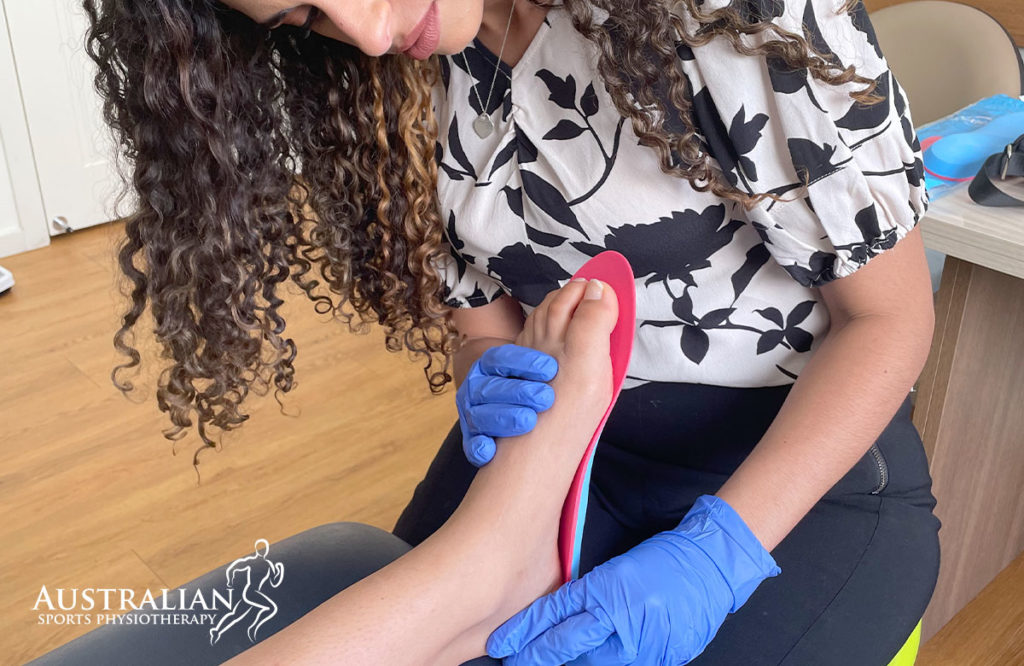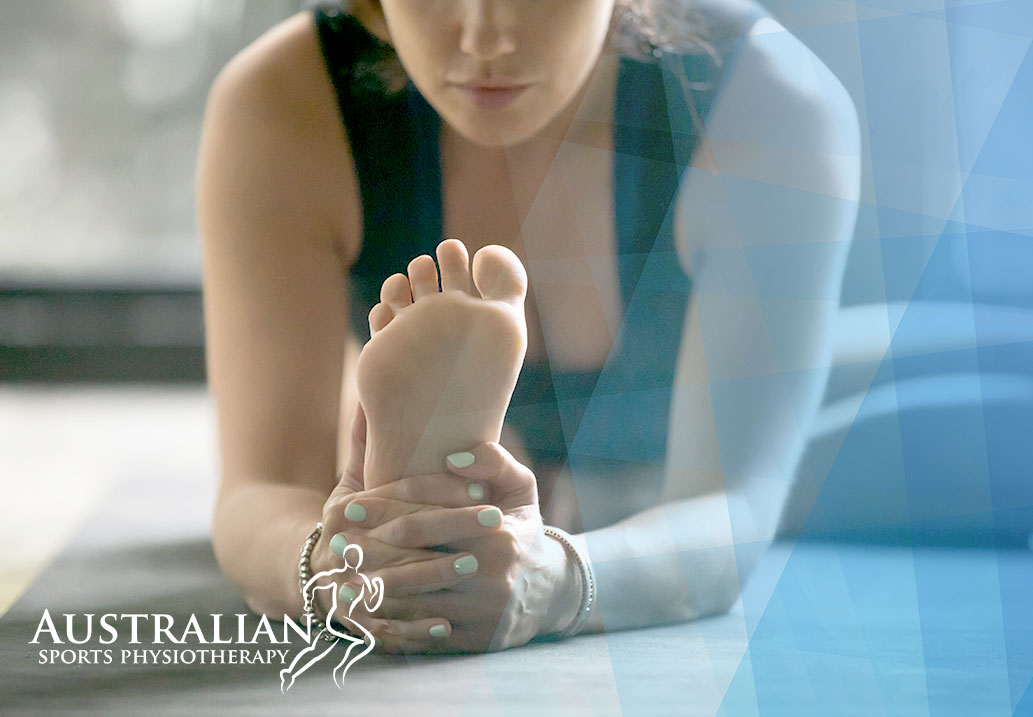Podiatry is considered an allied health profession in Australia, and practitioners are licensed by the Podiatry Board of Australia.
Foot, ankle, and leg problems are treated by podiatrists through prevention, diagnosis, and treatment.

What is the role of a podiatrist?
The primary goal of a podiatrist is to improve their patients’ lower limb mobility, independence, and quality of life. Podiatrists are experts in the foot, ankle, and leg, and they guide patients through the entire treatment process, including prevention, diagnosis, and treatment.
Podiatrists offer a wide range of services, from callus removal to the treatment of bone and joint disorders. Foot orthoses may be prescribed by podiatrists for conditions such as recurring sprains and chronic pain.
The scope of practice of a podiatrist includes general foot care, paediatrics, sports injuries, elderly treatment, structural problems and diabetes.
What problems does a podiatrist treat?
Bunions and hammertoes
These are issues with your foot bones. A bunion develops when the joint at the base of your big toe expands or becomes misaligned. As a result, the toe bends toward the others. A hammertoe is one that does not bend properly.
Arthritis
This is caused by inflammation, swelling, and joint wear and tear. Each foot contains 33 joints. To treat your arthritis, a podiatrist may recommend physical therapy, medications, or special shoes or inserts. If other treatments do not work well for you, surgery may be an option.
Diabetes
This is a condition in which your body either does not produce or does not use the hormone insulin as optimally as it should. Insulin aids in the digestion of sugar. Diabetes can cause nerve damage in your feet or legs, and you may have difficulty getting enough blood circulation to your feet.
Nail disorders
These include problems such as a fungus infection in your nail or an ingrown toenail. When a nail’s corner or side grows into your toe instead of straight out.
Sprains and fractures
Podiatrists treat these common injuries to the foot and ankle on a regular basis. As part of sports medicine, they treat athletes’ foot problems and provide advice on how to avoid them.
When you should see a podiatrist
A podiatrist can be seen for a variety of reasons, but some common foot conditions include ingrown toenails, tinea, heel pain, bunions, calluses and corns.
Other common reasons for seeing a podiatrist include:
- Clinical diagnosis or history of foot or lower limb deformity
- Arthritis
- Circulatory diseases
- Clinical diagnosis of falls
- Soft tissue and muscular pathologies
- Patients with diabetes and peripheral vascular disease, or neuropathy
What to expect at your first podiatrist visit
Your first visit to one of our podiatrists will be similar to any other doctor’s visit. We will inquire about your medical history, the medications you are taking (if any), and any surgeries you have had.
We’ll examine how you stand and walk, as well as the range of motion in your joints and how well your shoes fit. Bunions, heel and lower back pain, ingrown toenails, circulation in your feet if you have diabetes, and foot deformities are frequently treated during your first visit.
To treat your problems, one of our podiatrists may recommend orthotics, padding, or physical therapy. We may use syringes to administer pain medication, as well as nail splitters or a nail anvil to remove ingrown toenails. Scalpels can be used to cut into the skin around a toe or to remove parts of corns and calluses. We may also use liquid nitrogen to remove plantar warts.

Final thoughts
Many people are surprised to learn that podiatrists also specialise in soft tissue, bone, and joint pathologies of the lower limb and foot. There are a number of complaints you may suffer from, a few could include heel pain, plantar fasciitis, bunions, shin splints, Achilles tendonitis, back/knee/leg pain, and forefoot pain.
So, if you are experiencing any of these symptoms or other lower limb or foot discomfort, book an appointment with one of our podiatrists at Super Foot Podiatry, now consulting from Australian Sports Physio today!








